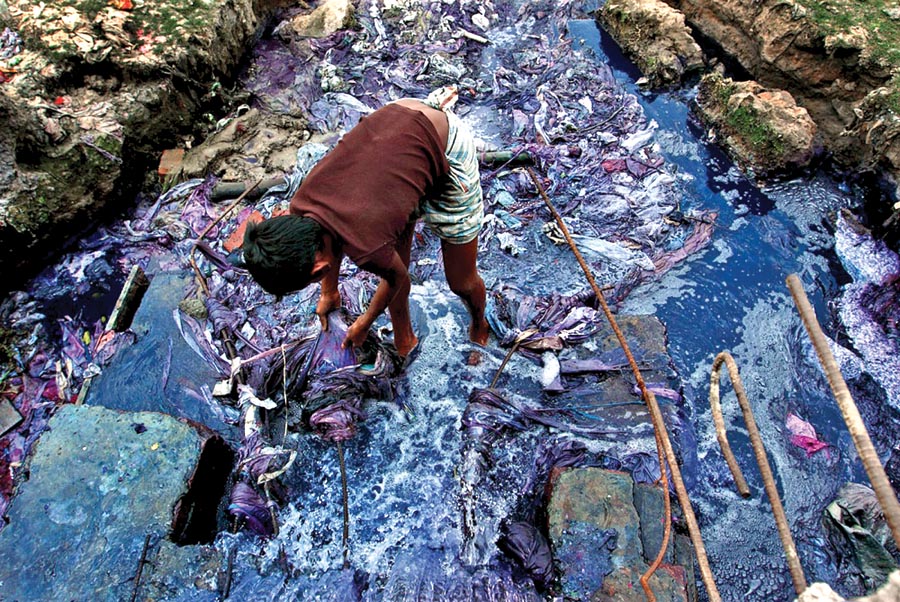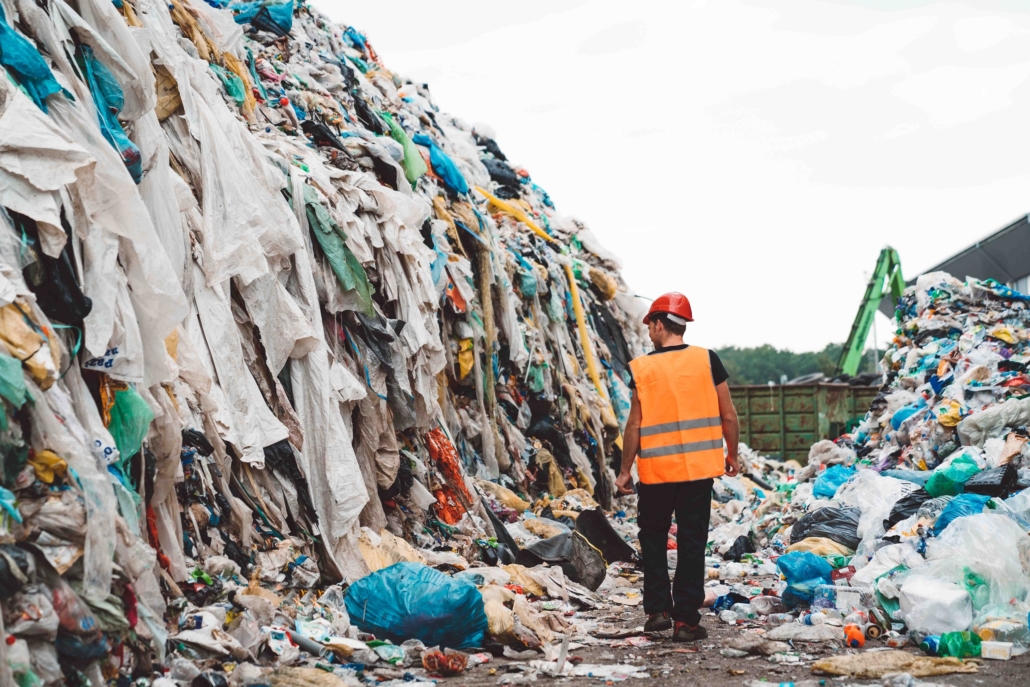

Fast fashion is a term used to describe a business model that involves producing and selling trendy clothing at a low cost and at a high speed. The goal of fast fashion is to quickly turn over inventory to keep up with the latest trends and capitalize on consumer demand1.
While fast fashion may seem like a win-win situation for both retailers and consumers, there are serious consequences that come with this model. Firstly, the production of fast fashion clothing often involves exploitation of workers in developing countries who work long hours in unsafe conditions for low wages. Additionally, the textile industry's carbon footprint is on the rise, with a reported emission of 1.2 billion metric tons of CO2 in 20152. Textile dyeing and finishing are also responsible for a substantial 20% of global water pollution, while washing textiles releases around 500,000 metric tons of microfiber plastic pollution annually. The fashion industry's water consumption is equally problematic, given that water is utilized in various clothing production stages, from growing cotton to weaving, manufacturing, washing, and dyeing. For example, it takes more than 5,000 liters of water to produce just one pair of jeans2,3.

Credits : apparelresources
The fast fashion industry is also notorious for its impact on consumer behavior. By constantly releasing new collections and designs at low prices, fast fashion retailers encourage consumers to buy more and more clothes, leading to a throwaway culture where clothing is worn only a few times before being discarded1. 73% of clothing ends up in landfills2.

Credits : FNH
Despite these concerns, fast fashion remains a popular business model, with many consumers continuing to prioritize low prices and trendiness over ethical and sustainable practices. However, there are steps that individuals can take to reduce their contribution to the fast fashion industry, such as buying secondhand clothing, investing in high-quality pieces that will last longer, and supporting brands that prioritize ethical and sustainable practices.
You can find a few shops near Wädenswil that are in perfect agreement with these principles. For example, auras fair & style in Richterswill (Dorfstrasse 35 / 8805 Richterswil / www.aurasfairandstyle.ch).
In conclusion, while fast fashion may seem like a quick and easy solution for keeping up with the latest trends, its negative impact on workers, the environment, and consumer behavior cannot be ignored. It's time for consumers and retailers alike to take responsibility for their choices and work towards a more ethical and sustainable fashion industry.
Sources :
1Joy, A., Sherry, J. F., Venkatesh, A., Wang, J., & Chan, R. (2012). Fast Fashion, Sustainability, and the Ethical Appeal of Luxury Brands. Fashion Theory, 16(3), 273–295. https://doi.org/10.2752/175174112X13340749707123
2Moorhouse, D. (2020). Making Fashion Sustainable: Waste and Collective Responsibility. One Earth, 3(1), 17–19. https://doi.org/10.1016/j.oneear.2020.07.002
3Bailey, K., Basu, A., & Sharma, S. (2022). The Environmental Impacts of Fast Fashion on Water Quality: A Systematic Review. Water, 14(7), 1073. https://doi.org/10.3390/w14071073
Photo by Becca McHaffie on Unsplash